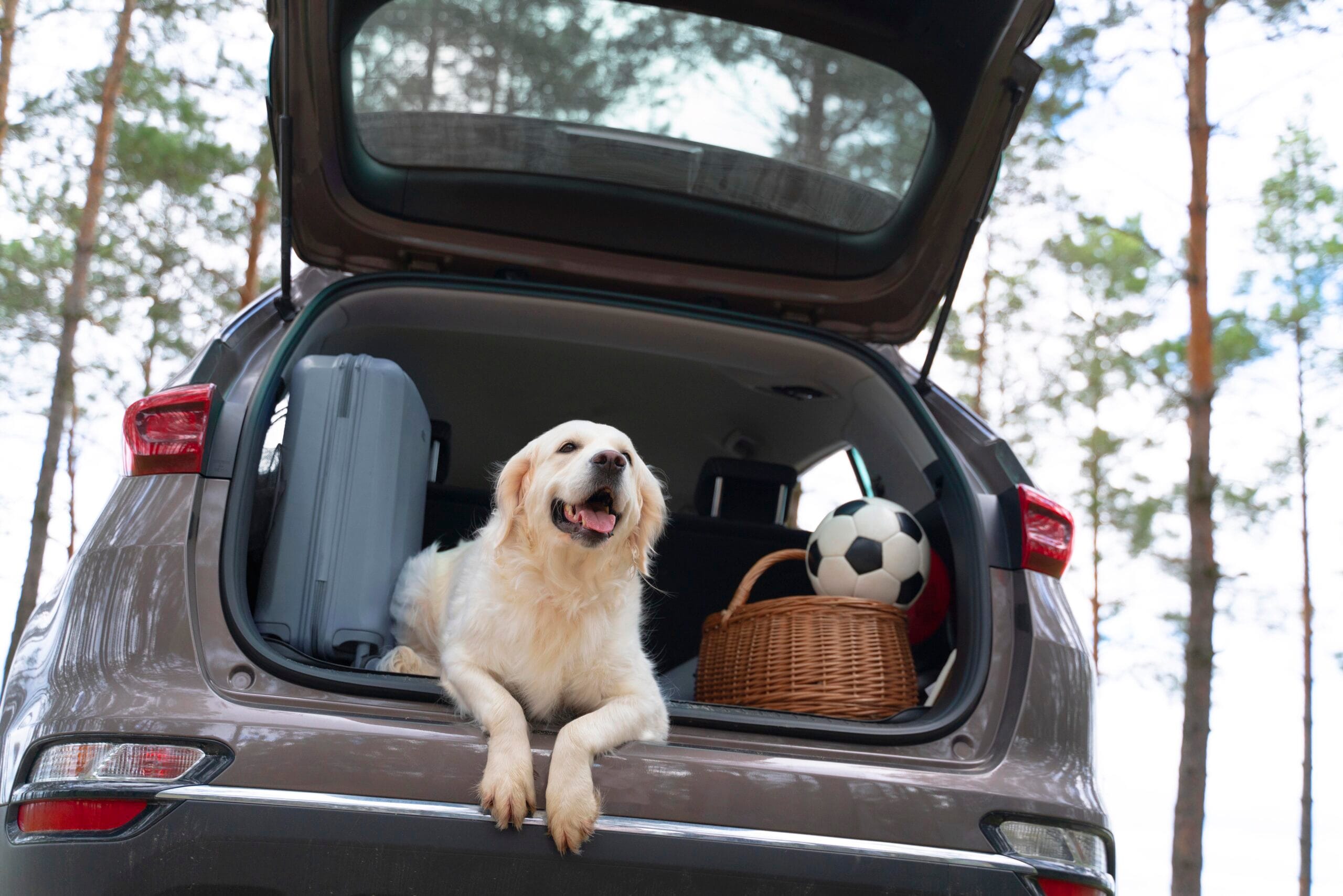Moving across the country is no small feat; it’s like trying to steer a ship through a storm, where every piece of cargo matters and its placement is crucial. You might think packing is just about fitting your belongings into boxes, but smart packing goes beyond that. It’s about strategically planning and organizing your belongings to maximize space, minimize damage, and make unloading a breeze at your new home. So, why should you choose smart packing for your cross-country move? Well, let’s just say it can make the difference between a stressful, chaotic move and a smooth, hassle-free transition. Wouldn’t you want to know how?
Understanding Smart Packing Techniques
To make your cross-country move smoother and more efficient, it’s crucial to grasp smart packing techniques, which can save you time, space, and potential damage to your belongings. Advancements in packing tool innovation have revolutionized the way we prepare for a move.
Consider investing in vacuum seal bags. They’re a game changer, allowing you to compress clothing and bedding, saving you a ton of space. Next, think about the specific packing materials you’ll use. Are they eco-friendly? Today’s market offers a wide range of green packing supplies like biodegradable packing peanuts and recycled packing paper that are not only good for your items but also for the environment.
Furthermore, explore the use of packing apps. Yes, there’s an app for that too! These apps can help you create an organized inventory of your belongings, ensuring nothing gets lost in the move. Some even offer virtual diagrams to illustrate the best way to pack your moving truck.
Essential Items to Pack First
Having mastered smart packing techniques, you must identify and prioritize the essential items to pack first for your cross-country move. This is where your Travel Essentials Checklist comes into play. Prioritizing necessities will make your journey smoother and more comfortable, ensuring you have all you need at your fingertips.
Here are some items you should consider as top priority:
- Personal Documents: These include identification cards, passports, driver’s licenses, health insurance cards, and important financial documents. They’re essential for your journey and settling in at your new location.
- Valuables: Items like jewelry, heirlooms, or expensive gadgets should be packed carefully and kept within your reach throughout the move.
- Medication: If you’re on any prescription medication, make sure to pack enough for a few days in case there are delays en route. Don’t forget a basic first aid kit, too.
- Electronics: Your phone, laptop, chargers, and any other necessary electronics should be easily accessible. They’ll keep you entertained and connected during your journey.
- Clothing and Toiletries: Pack enough clothes for a few days, including sleepwear, underwear, and weather-appropriate outfits. Essential toiletries should also be packed in a separate, easily accessible bag.
Your Travel Essentials Checklist should be tailored to your specific needs, but these are some fundamental items to consider. Prioritizing necessities ensures you’re well-prepared for your journey and minimizes potential stress. Remember, smart packing isn’t just about saving space – it’s about making your cross-country move as smooth and hassle-free as possible.
Innovative Packing Strategies for Efficiency
As you delve into the packing process, consider implementing innovative strategies that can increase efficiency and make the most out of your available space. One of these is the use of packing hacks. These are unique, creative, and time-saving solutions that can simplify the seemingly complex task of packing.
For instance, using socks to protect fragile items is a smart packing hack. Instead of buying bubble wrap or foam peanuts, you can utilize clean, thick socks to cushion your glassware and delicate items. This not only saves you money but also maximizes the space in your boxes. Another packing hack you can try is rolling your clothes instead of folding them. This method not only prevents wrinkles but also allows you to fit more clothes in your luggage.
In addition to packing hacks, choosing eco-friendly materials is a forward-thinking strategy to consider. These materials, such as biodegradable packing peanuts, recycled paper, and corrugated bubble wrap, are not only good for the environment, but they’re also sturdy and dependable. By using these materials, you’re reducing your carbon footprint while ensuring your belongings are packed securely.
Utilizing Space: Organization Tips
When it comes to making the most of your packing space, organization is key; you’ll be surprised at how much more you can fit into your boxes when every item has its designated spot. Here are some practical organization tips that will help you utilize space more effectively.
Declutter: Before you start packing, go through your belongings and use decluttering methods to get rid of items you don’t need. This will significantly reduce the number of things you have to pack, saving you valuable space.
Categorize: Group similar items together. This makes unpacking easier and ensures that you’re utilizing space efficiently.
Use Containers: Opt for space-saving hacks like vacuum bags for clothes, stackable containers for kitchen items, and shoe organizers for miscellaneous items.
Maximize Box Space: Fill every nook and cranny. Consider using smaller items like socks or scarves to fill spaces in boxes.
Label Everything: This will help you keep track of what you’ve packed and where it is.
Packing Fragile Items Safely
While meticulously organizing your items is crucial, it’s equally important to give special attention to your fragile belongings to ensure they arrive safely at your new home. Packing these items requires a strategic approach for damage prevention.
Let’s start with choosing the right packing materials. Opt for sturdy boxes, bubble wrap, packing peanuts, and packing paper. Bubble wrap is perfect for cushioning fragile items while packing peanuts fill voids and prevent your items from shifting during the move.
Pack your fragile items individually. Wrap each piece with bubble wrap or packing paper, and secure it with packing tape. For extra protection, double-box your most precious items. Place the wrapped item in a small box, and then place that box in a larger one surrounded by more cushioning material.
Don’t forget to label your boxes as ‘Fragile’. This step is vital, informing anyone handling your boxes to be extra cautious.
In addition to packing carefully, consider insurance considerations. Moving insurance can provide peace of mind, as it covers any damage that may occur during the move. Before purchasing, review your policy carefully to understand what is and isn’t covered.
Consider hiring professional movers who specialize in handling fragile items. They’re trained in proper packing techniques and have experience dealing with a variety of items.
In essence, smart packing is your secret weapon in the battle of a cross-country move. You’ve learned innovative techniques, how to prioritize items and the art of maximizing space. With these strategies, packing becomes less of a chore and more of a victorious conquest. From safeguarding your fragile items to organizing them efficiently, you’re now equipped with the knowledge to make your move as smooth as a well-oiled machine. Happy packing!



